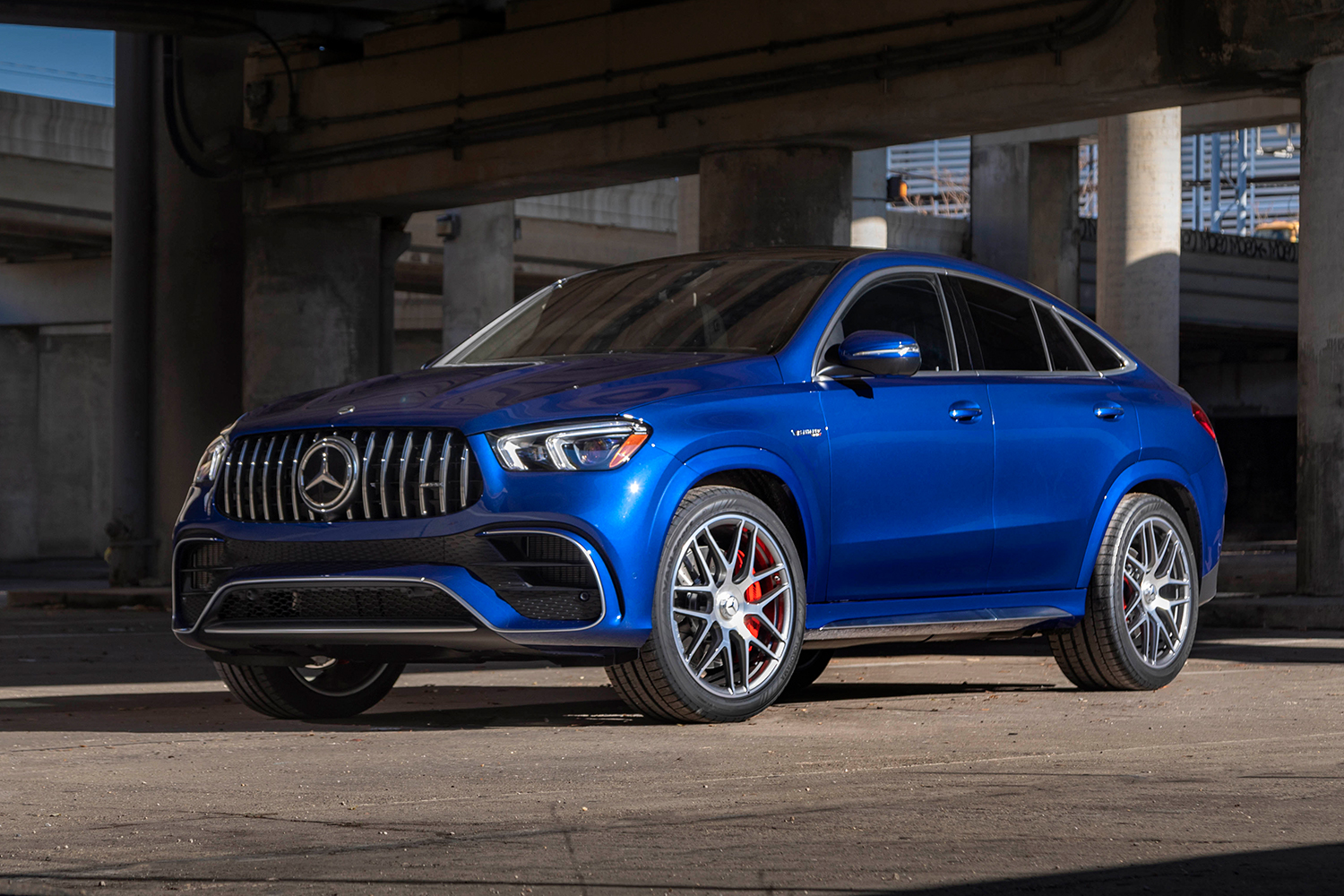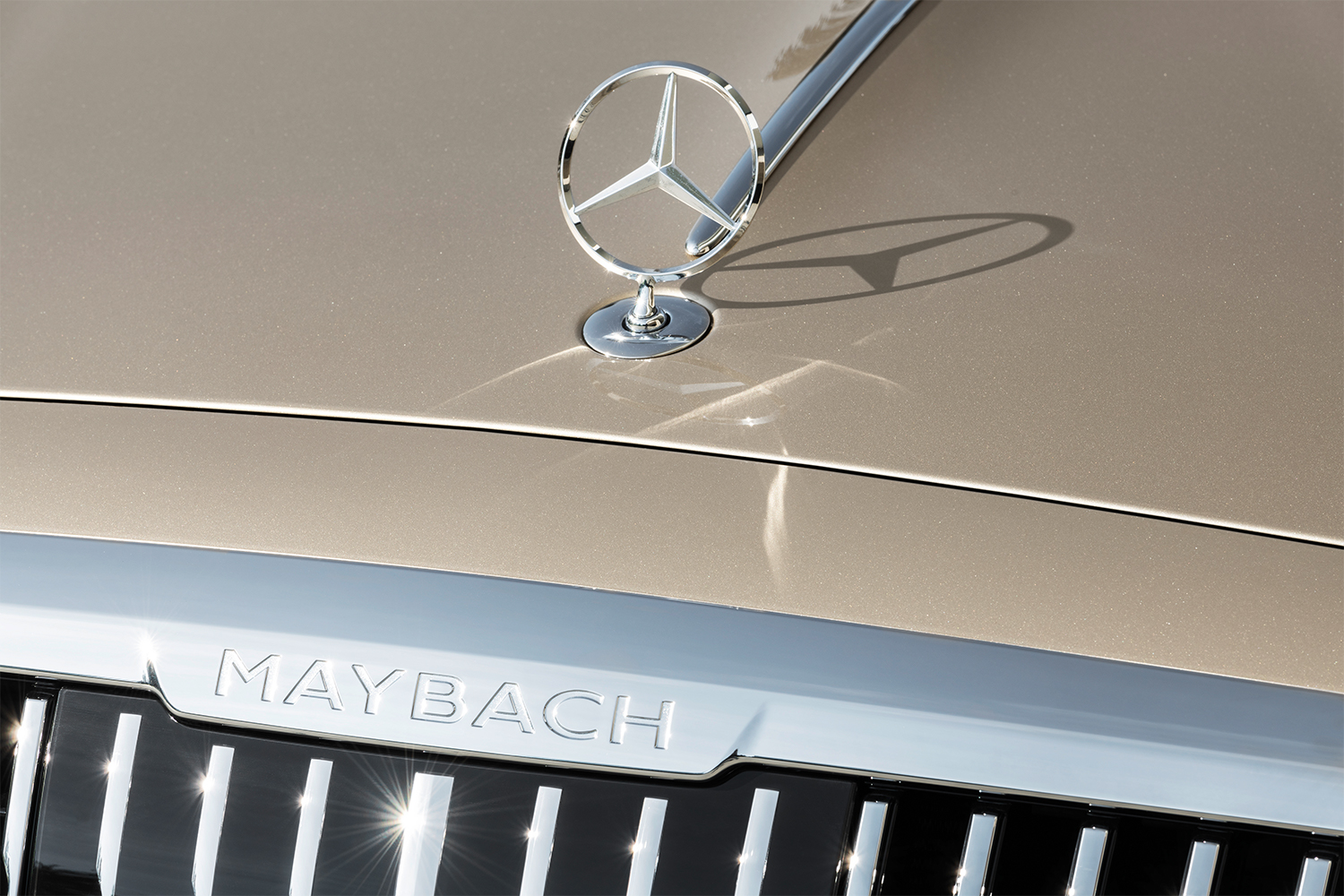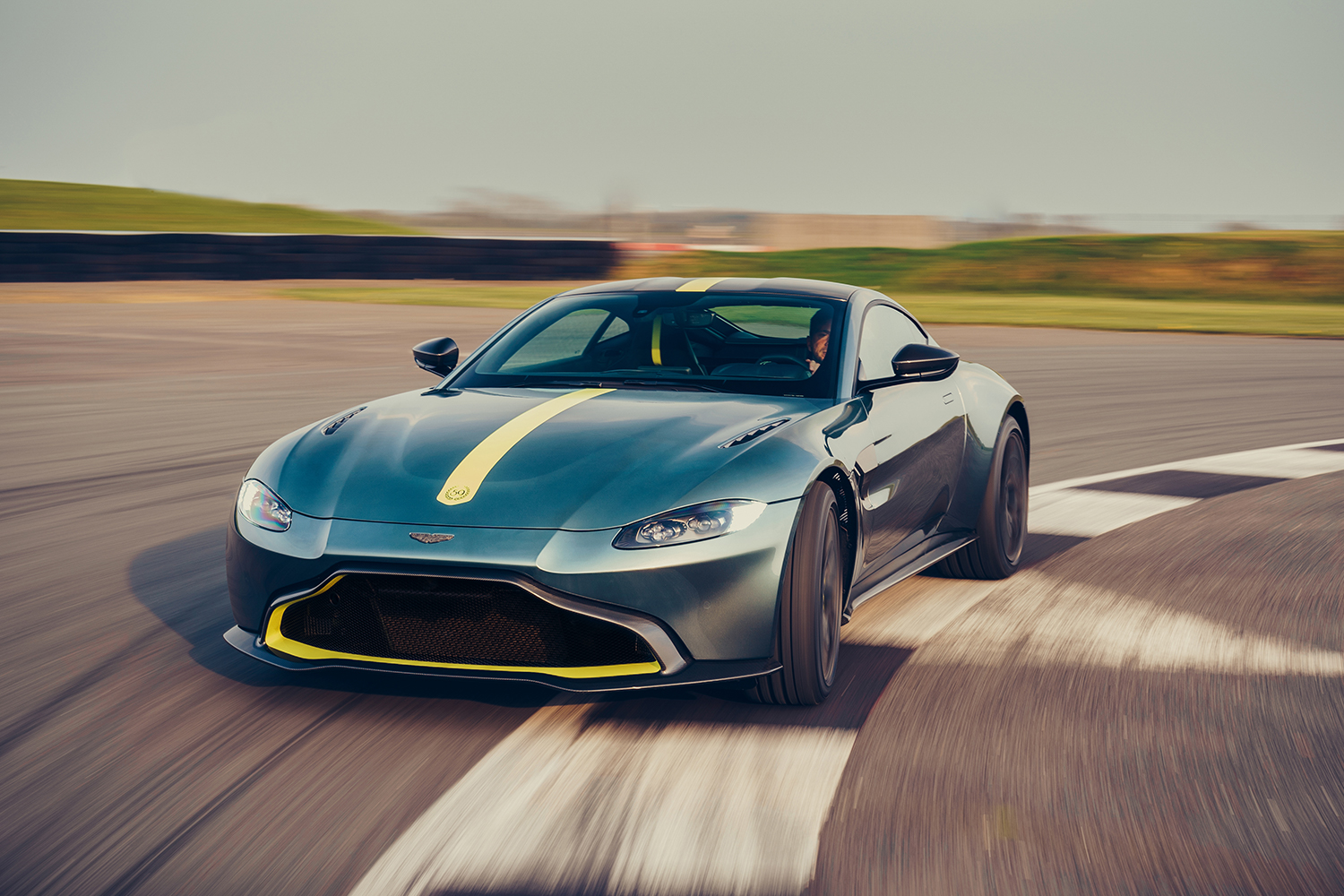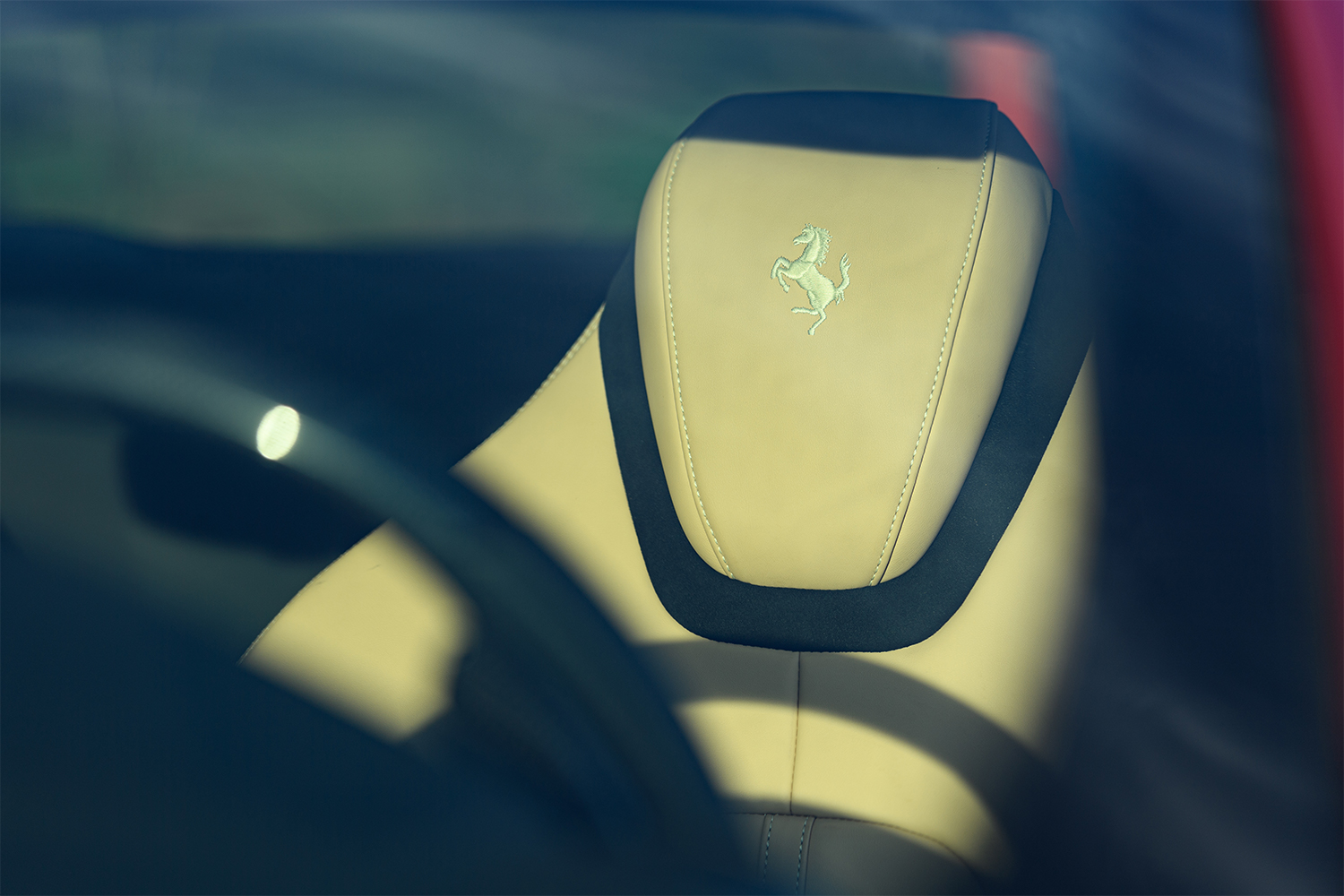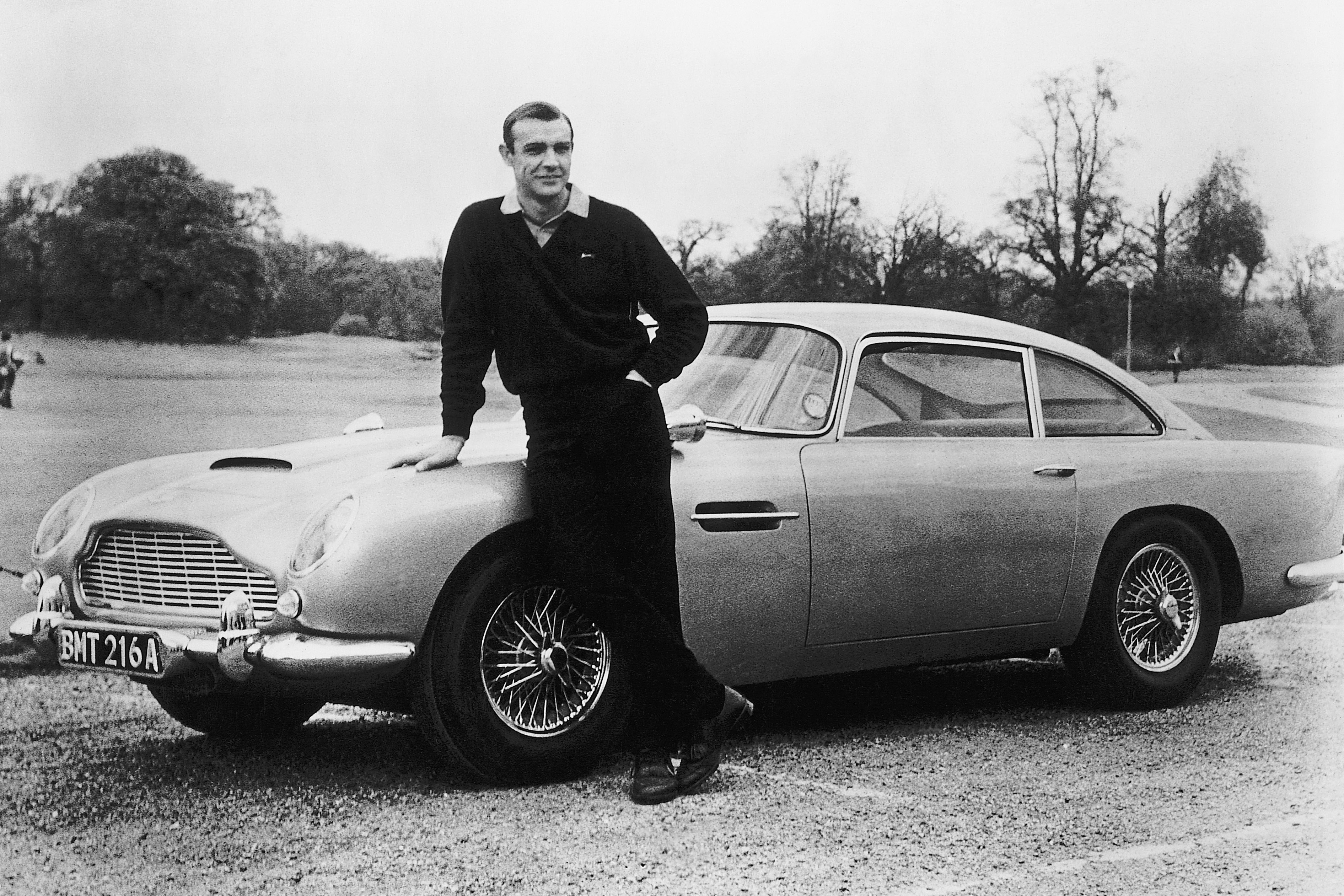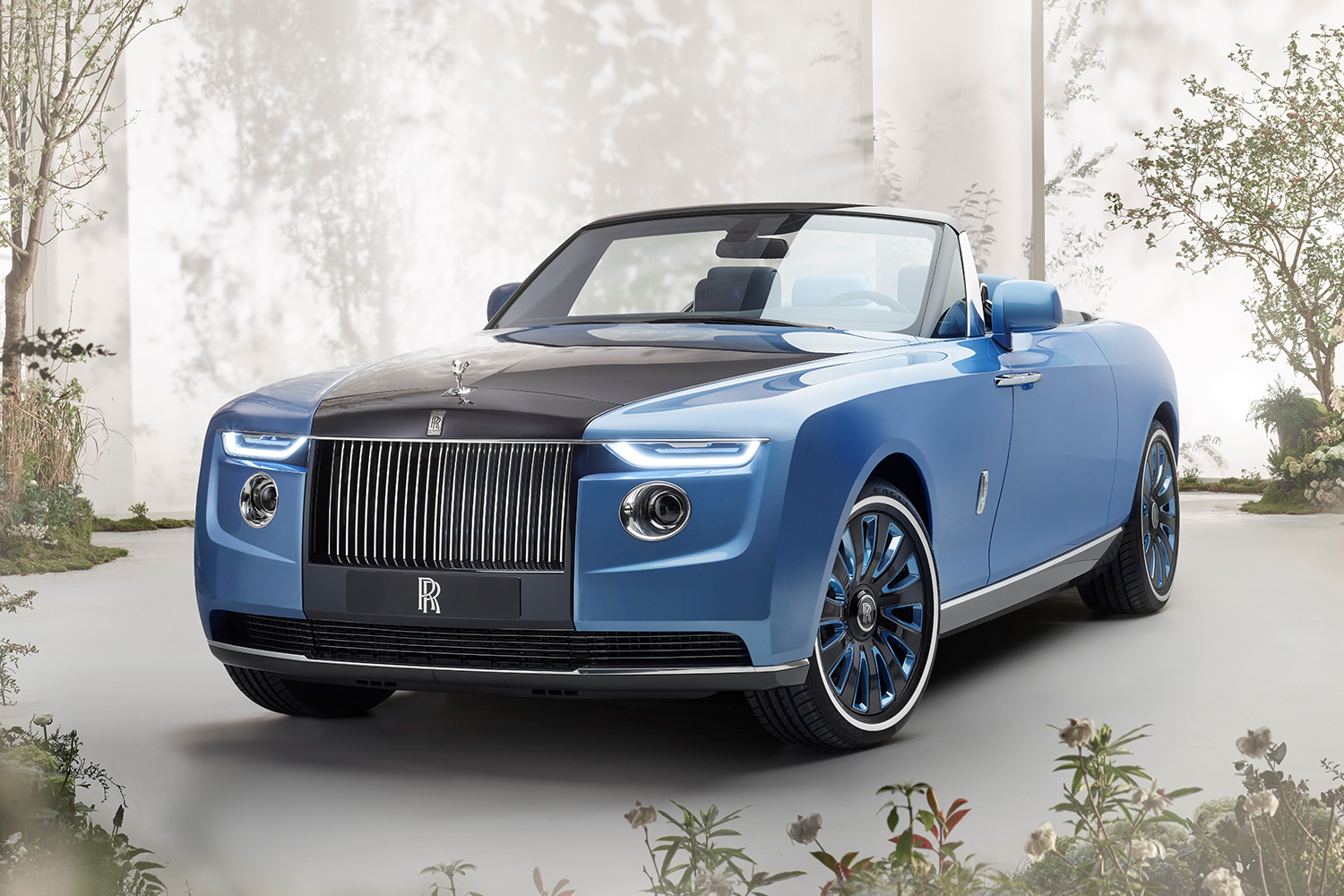Out of all the unlikely ultra-luxury SUV builders that have burst onto the market over the past several years, Aston Martin is perhaps the best-positioned to avoid the kind of brand-damaging backlash that occasionally accompanies forays into the automotive unknown.
Unlike Rolls-Royce and Bentley, fellow English coachbuilders that have only recently been exposed to the corrupting influences of external ownership, Aston Martin has changed hands more than seven times in the course of a century, with nearly half of those new bosses calling the shots from overseas. As a result, Aston Martin diehards have grown accustomed to the winds of change blowing through (and blowing up) the company’s showroom on a semi-regular basis.
Then there’s the somewhat unique position occupied by the Gaydon-based company when it comes to the hearts and minds of well-heeled buyers. Never claiming the highest ground in the performance game, nor posing as the bulwark of be-all-end-all opulence, Aston Martin has traditionally carved out a niche that lands it somewhere between Porsche and Ferrari on one end of the scale, and its previously-mentioned in-country competition on the other.
This liminal space is the perfect niche into which to birth the 2021 Aston Martin DBX, the largest, heaviest and potentially most important model to ever bear the winged badge. Late to the game from a certain perspective, but perfectly timed given the brand’s recent economic turmoil behind the scenes, the DBX SUV is poised to lead Aston Martin into a new era — or at the very least, keep it alive long enough to find its next deep-pocketed suitor.

A Luxury SUV That Respects Its Heritage
However you might feel about the extension of hallowed hallmarks into the rough-and-tumble off-road realm of sport-utility vehicles, the trend is here to stay thanks to the seemingly inexhaustible interest from customers at every price point. Of course, wringing profits from SUVs is truly only possible at the upper echelons if the vehicle in question is able to make a strong case on its own merits, and here the Aston Martin DBX doesn’t let anyone down.
It starts with styling. The DBX is almost every Aston Martin cue writ large, especially at the front of the model, where a full-face grille curls back into sculpted fenders that house tall driving lenses just below the teardrop headlights that rise up along the leading edge. There’s enough DNA there for even Maury Povich to positively link the DBX to more familiar shapes like the Vantage and the Vanquish. While that paternity might begin to falter as the eye traces back along the SUV’s thick sides and ample roofline, once your gaze rests on the rear haunches, the upturned duckbill taillight-and-spoiler arrangement re-establishes Aston Martin as the vehicle’s chromosomal donor.
The DBX’s cabin is further evidence of its lineage, a full-on multi-suede affair that conspires to conceal one supple surface behind another as your hands and fingers explore every inch of the vehicle’s hyper-leathered habitat. Flip the sun visor and there’s a second smaller, softer unit there waiting to be deployed against the side window, which in turn reveals the gentlest of headliner hides behind it. Push down the rear seat armrest and the cavity from which it came is revealed to be as plush as a Siamese cat carrier, a suitable calling card for a vehicle with a $180,000 starting price.
The light tan color of my tester’s interior was a pleasant complement to its “Buckinghamshire Green” paint, an uncommon hue on a vehicle this size. While it might be possible to pass over the DBX’s extroverted shape if seen in profile under a silver or grey sheen, its emerald countenance brooked no casual response to its presence; the Aston Martin grabbed eyeballs and suspended sidewalk traffic wherever it went.

Where Does It Fit in the Luxury Lineup?
Aston Martin doesn’t need the DBX to dance on the edge of the knife when it comes to performance, so it doesn’t matter so much that on paper the vehicle can’t catch the also expensive Porsche Cayenne Turbo S E-Hybrid, or that it won’t motor down a trail with the alacrity of the Mercedes-AMG G63.
More important is the presentation of a cohesive, engaging and comfort-laden daily drive, and in this respect the DBX is almost entirely successful. Like most recent fare, the SUV borrows its drivetrain from its cross-Channel rival Mercedes-AMG, stuffing a 4.0-liter, twin-turbo V8 under its hood and matching it with a nine-speed automatic transmission and a four-wheel drive system also licensed from the German automaker.
The end result is 542 horsepower and 516 lb-ft of torque, which is enough to thrust nearly 6,000 lbs of DBX to 60 mph in just under four seconds. In keeping with Aston Martin’s philosophy, this keeps it in the mix when discussing other competitive, sub-$200K SUVs like the Bentley Bentayga V8 and the Maserati Levante GTS without overpowering the ride (while also leaving room for a hotter tune for the AMG-sourced engine for future trims levels).
While the drivetrain might have been imported, the chassis used by the DBX was developed in-house, and it shows. This is an SUV that flattens out remarkably in high-speed parabolas, yet doesn’t chatter, shimmy or shake on rougher roads with the kind of stiff-legged response that so often pairs with cornering prowess. Even better, it’s fantastically comfortable in traffic and while eating up interstate miles, which is how the vast majority of owners will sample its charms. Dipping into its Sport and Sport+ drive modes offers a rowdier exhaust note and clipped shifts from the 9-speed, but these exotic flirtations with a snarlier DBX merely highlight the possible rather than serve as its raison d’être.

Aston Martin’s New Course
Aston Martin is just as aware as you are that the DBX exists to boost sales volume from the life-support level to something resembling a steady pulse. That being said, there’s nothing cynical about the SUV’s execution; it’s easy to imagine almost every aspect of its package just as easily taking the shape of a sedan (albeit minus the off-road ride height and the hatchback levels of cargo space). The same can’t be said for every attempted transition to the super-sport-utility segment, where “because we can” is often the driving philosophy.
In that sense, the DBX is a truly modern effort, one that points Aston Martin down a path that could potentially lead to profitability. The past 100 years may have seen the company steered by a regularly shifting set of would-be captains, but that same uncertain trajectory has led the it to a unique point in its history that it seems perfectly capable of capitalizing on — especially with a vehicle like the DBX leading the charge towards the next centennial celebration.
This article was featured in the InsideHook newsletter. Sign up now.

